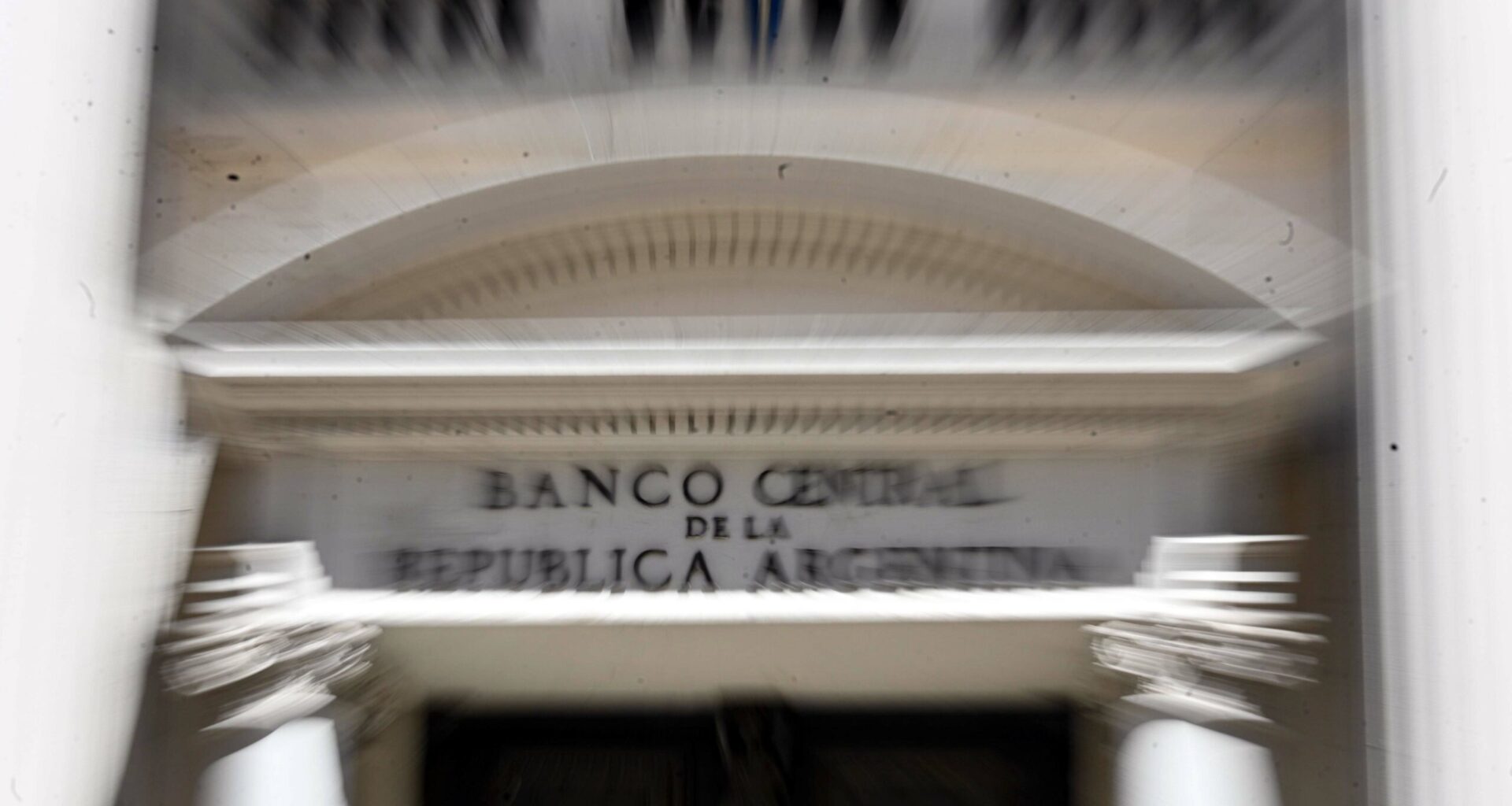Argentina’s Central Bank and Treasury started to coordinate a plan to absorb the pesos that were not taken in Wednesday’s bond auction, which ended with a 61% rollover rate. That bid left AR$6 trillion (US$4.5 billion) that could potentially pressure the exchange rate ahead of October’s midterm elections.
Set in motion on Thursday, the program consists of three measures: a new auction called for Monday, temporarily increasing banks’ reserve requirements, and changing the way reserves are calculated.
“The excess pesos from today’s auction will be absorbed immediately,” Federico Furiase, a director of the Central Bank, posted on X on Wednesday.
The next day, representatives of the Treasury communicated the measures in a meeting with authorities from banks operating in the country.
At next Monday’s auction, the Treasury will tender a new bond, the M28N5, that will mature on November 28 and pay Argentina’s wholesaler rate (TAMAR, by its Spanish initials). On August 13, that rate was 50%.
Starting on Monday and until the bond’s maturity date, the Central Bank will increase banks’ reserve requirements by 5 percentage points, totalling 50%. The reserve requirements are the percentage of deposits in pesos or dollars that financial institutions and funds are required to keep frozen.
Banks will be able to compute the bonds issued by the Treasury from Monday as up to 3% of their reserve requirements.
“I believe that tensions in rates continue to take center stage,” independent financial analyst Gustavo Ber told the Herald, “while authorities try out measures in an attempt to normalize yields in pesos.” The maximum annual interest rate in Wednesday’s auction was 69% and July’s year-on-year inflation was 36.6%.
The government has been raising interest rates to contain the exchange rate. The wholesaler U.S. dollar reached an all-time peak of AR$1,380 in late July, but it fell to AR$1,310 on Thursday. Most economists agree that jumps in the exchange rate impact inflation, but President Javier Milei has consistently denied it.
Ber said that, while the government is trying to tame inflation, investors fear that high interest rates could eventually affect private credit and economic activity. He said that uncertainty could be passed on to savers, thereby accentuating the usual electoral asset dollarization.
Pilar Tavella, Director of Macro Research & Strategy at the Balanz brokerage, said the coordination between the Central Bank and the Treasury shows that the monetary scheme will remain “contractionary.”
She told the Herald that, while the Treasury offers high real rates and administers liquidity through bond auctions, the Central Bank “uses various tools, like raising reserve requirements or opening new liquidity windows — to manage the resulting liquidity.”
The government has been facing increased exchange rate tensions since July 10, when it dismantled the Fiscal Liquidity Bills (LEFI, by their Spanish acronym), a bond issued by the Economy Ministry to manage the liquidity of the financial system.
An analyst of a brokering firm who spoke to the Herald on the condition of anonymity, said that dismantling the LEFIs was the “original mistake” and the government is setting “patch after patch” to solve it.
“The latest decisions are causing more and more damage to the credibility of a government that is constantly changing the rules of the game to improve its standing in the election,” the analyst explained. “The problem is that this scheme, with such high real rates, will eventually be seen as inconsistent.”
